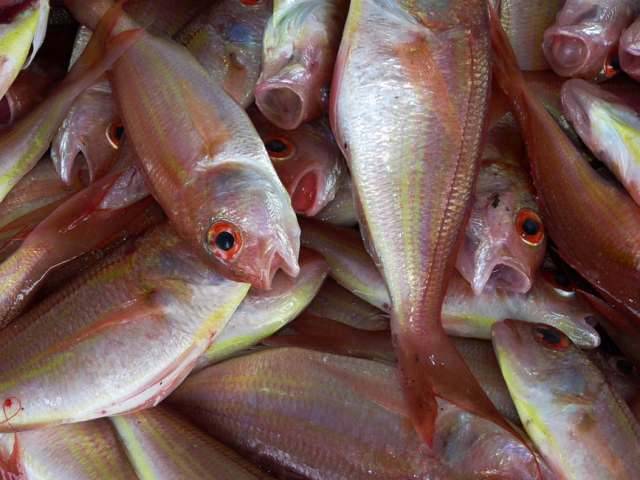
India becomes the second largest fish producing country in the world, says Union Agriculture Minister Radha Mohan Singh while addressing the World Fisheries Day celebration at New Delhi.
He has said that the scheme 'Blue Revolution' has been launched with the outlay of Rs. 300 crore for the integrated development of the Fisheries sector in the country. As a result, overall fish production has registered an increase of about 18.86 percent in comparison to the last three years, whereas inland fish production has registered a growth of more than 26 percent.
The minister further clarified that the previously implemented "Letter of Permit" or "L.O.P." system in the E.E.E. has been stopped since January 2017. Besides, specific decisions have been taken to safeguard the interests of traditional fishermen in the area of EEZ beyond 12 nautical miles, which is regulated by the Government of India, such as the traditional fishers have been exempted from the fishing ban implemented during monsoon period in the EEZ; use of LED lights or other artificial lights for fishing as well as practice of bull-trailing or pair-trailing have been completely banned, recently on 10th November 2017. The duration of the fishing ban has also been increased from 47 days to 61 days, with the consent of all coastal State Governments.
India has a fleet of 2.48 lakh fishing vessels, and the country has exported fish products amounting to Rs. 37,871 crore during 2016-17, which is the highest export from the country so far.
Globally, the value of export of annual fish products ranges from 85 to 90 billion dollars. In the last decade, the average annual growth rate of fish and fish products was recorded at 7.5 percent and India remained the first place with an average annual growth rate of 14.8 percent. More than 25 percent of the world's protein diet is obtained by fish and that the human population consumes more than 100 million metric tonnes of fish per year in the form of food.
Source:PIB















